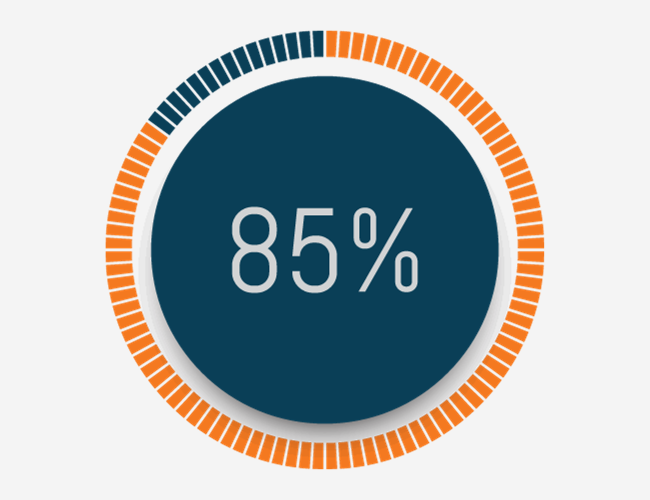According to a survey from Willis Towers Watson, there is a disconnect between employers and employees on the impact of employee wellness programs. Specifically, a majority of employers (56%) believe their well-being programs encourage employees to live a healthier lifestyle while only 32% of employees agree.
To structure programs that will change employee perception of wellness programs, Steve Nyce, senior economist at Willis Towers Watson, suggests employers quit telling employees what to do and, instead, support them “with programs that lead to improved well-being.” This means employers should provide employees with the resources to engage in healthy behaviors that are most meaningful to them, which will vary from employee to employee. This reflects the continued trend toward personalization.
 The report also identified technology as a crucial tool to make employee wellness programs more effective. According to the survey, three in five workers use technology to manage their health, 41% use wearables to monitor fitness activities or sleep, and 30% use technology to track eating habits. By seamlessly incorporating these technologies into their wellness programs, employers can easily support employees in behaviors they have already identified as useful and important to them. As a result, employees are more likely to perceive their employer in a positive light as it relates to encouraging healthier lifestyles.
The report also identified technology as a crucial tool to make employee wellness programs more effective. According to the survey, three in five workers use technology to manage their health, 41% use wearables to monitor fitness activities or sleep, and 30% use technology to track eating habits. By seamlessly incorporating these technologies into their wellness programs, employers can easily support employees in behaviors they have already identified as useful and important to them. As a result, employees are more likely to perceive their employer in a positive light as it relates to encouraging healthier lifestyles.
The survey also explored the use of financial incentives in employee wellness programs. A majority (54%) of workers think their employer should financially reward them for living healthy lifestyles, and employees increasingly said they would participate in health and wellness programs only if offered incentives (46% in 2017 vs. 35% in 2011). According to Nyce, “most employees are looking at financial incentives as an entitlement, which means it can be difficult for employers to take the incentives away. Yet, our research and experience show these rewards are not effective except when used in very specific ways, such as discrete tasks that offer an immediate payout.” This is consistent with the best practices Wellable advocates for in continuous wellness challenges.
Another interesting finding from the survey was that employers seemed to care more about employee health than the employees themselves. Eighty-seven percent of employers said increasing employee engagement in health and well-being was a top priority while 65% of employees surveyed said managing their health was a top priority.
The data analyzed by Willis Towers Watson was collected with two separate surveys – one for employees and one for employers. The employee survey (2017 Willis Towers Watson Global Benefits Attitudes Survey) included responses from 4,983 U.S. workers. The employer survey (Willis Towers Watson Best Practices in Health Care Employer Survey) was completed by 698 U.S. employers. The employer respondents collectively employ 11.9 million employees and operate in all major industry sectors. Results provided are based on 555 employers with at least 1,000 employees.












